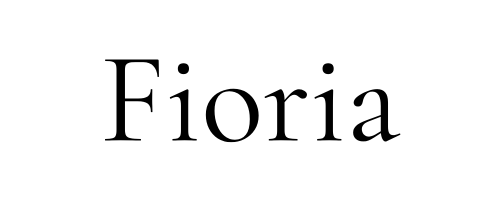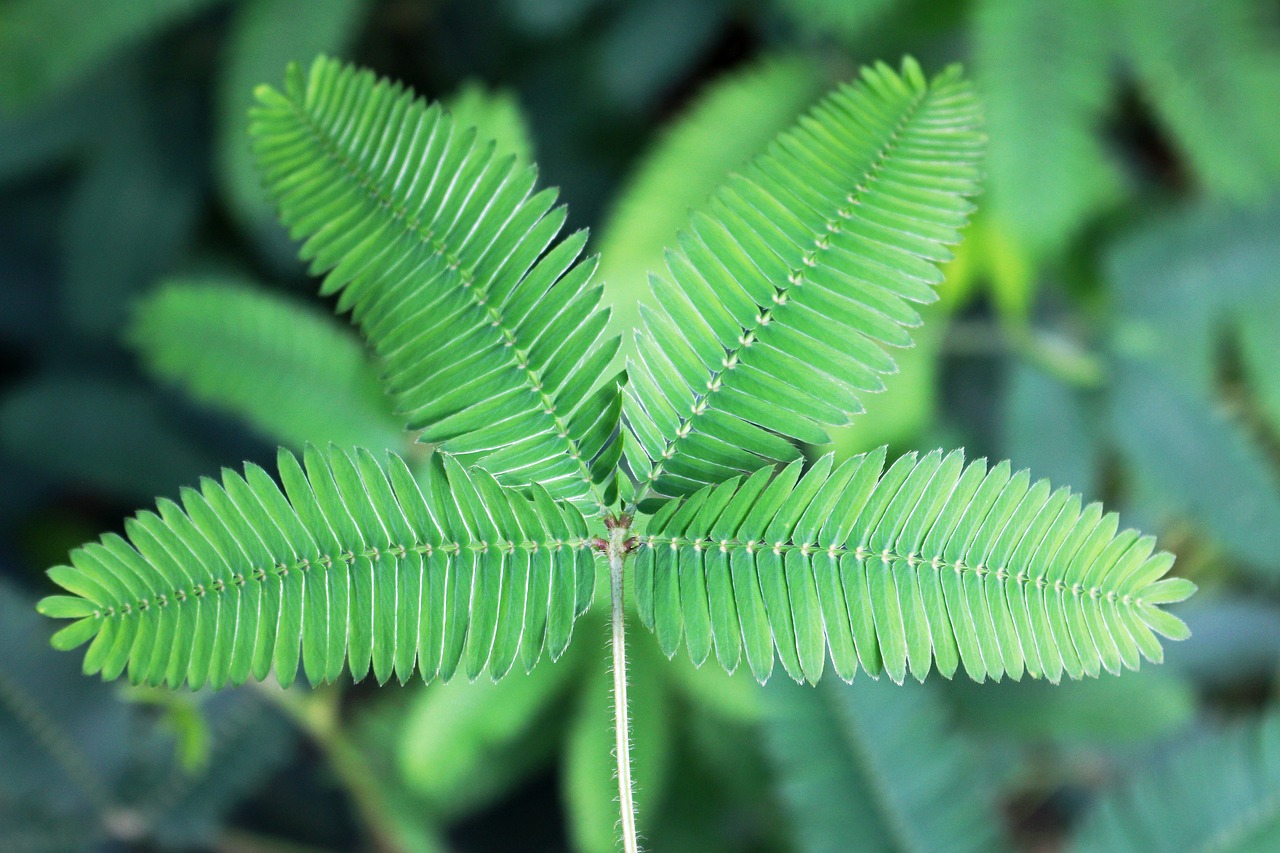Trifolium: Features and Care

Trifolium, commonly known as clover, is a plant beloved by gardening enthusiasts for its simple beauty and charm. Widely distributed across Europe, Trifolium holds symbolic significance in many cultures and is admired as an ornamental plant as well.
In this article, I’ll explore Trifolium’s basic information, cultural background, and tips for cultivation.
Basic Information
- Scientific Name: Trifolium
- Family: Fabaceae (Legume family)
- Origin: Europe, North America
- Appearance: Trifolium is characterized by its small, three-lobed leaves, with some varieties featuring patterns on the leaves and blooms in shades like red, purple, or pink. It typically grows to a height of 10-30 cm and spreads along the ground, making it an excellent choice as ground cover.
- Blooming Season: From spring to early summer (April to June), Trifolium produces clusters of small, charming flowers.
Cultural Significance Around the World

Trifolium is widely recognized in Europe and the Americas as a “symbol of good fortune,” with the four-leaf clover especially famous as a symbol of luck. In Ireland, the three-lobed clover (or shamrock) is considered the national flower and holds deep cultural and religious significance, as it was used by Saint Patrick to illustrate the concept of the Holy Trinity.
In Mediterranean coastal regions, Trifolium is used as green manure and livestock fodder. In recent years, it has also gained popularity as an ornamental plant due to the charming patterns and colors on its leaves, which add a unique touch to gardens and planters.
Historical Episodes

The story of the shamrock and Saint Patrick is one of the most iconic examples of Trifolium’s cultural importance. Saint Patrick, who spread Christianity in Ireland in the 5th century, used the shamrock’s three leaves to explain the core Christian belief of the Holy Trinity (the Father, Son, and Holy Spirit as one entity). This visual example helped make the complex teaching more understandable to the people.
As a result, the shamrock became more than just a plant to the Irish people; it grew to symbolize both Christianity and Irish culture. This story is celebrated to this day, and on Ireland’s Saint Patrick’s Day, shamrock motifs can be seen throughout the country.
Gardening Advice
Trifolium thrives in full sun to partial shade and does particularly well in sunny areas, though it’s best to avoid direct sunlight in the height of summer. It prefers well-drained soil, so adding pebbles or grit to the soil in your garden or container can help prevent root rot. Water sparingly, allowing the soil to dry out before watering again.
Trifolium requires minimal fertilization, but a small amount of fertilizer in early spring can support healthy growth. Clover varieties naturally spread along the ground, making them great for ground cover; however, be mindful not to let them take over. Occasional thinning will keep the plant looking tidy.
Differences in Flower Shape Among Varieties

Trifolium has many varieties, each with its unique flower shape. For instance, Trifolium repens (white clover) produces small white flowers clustered in a fluffy, rounded shape.
In contrast, Trifolium incarnatum (crimson clover) features upright, spiky red blooms that add a distinct vertical element to any garden. These differences in flower shape among varieties add diversity to garden landscapes and enhance their ornamental appeal.
Conclusion
Trifolium combines symbolic meaning with practical gardening uses, making it a charming addition to any garden. Adding Trifolium to your garden or balcony brings a bit of luck and greenery to everyday life.
It’s easy to grow and is an excellent choice for beginners, so why not give it a try?




